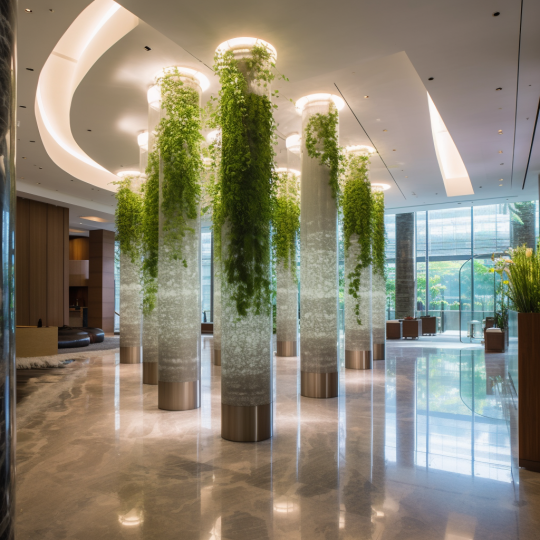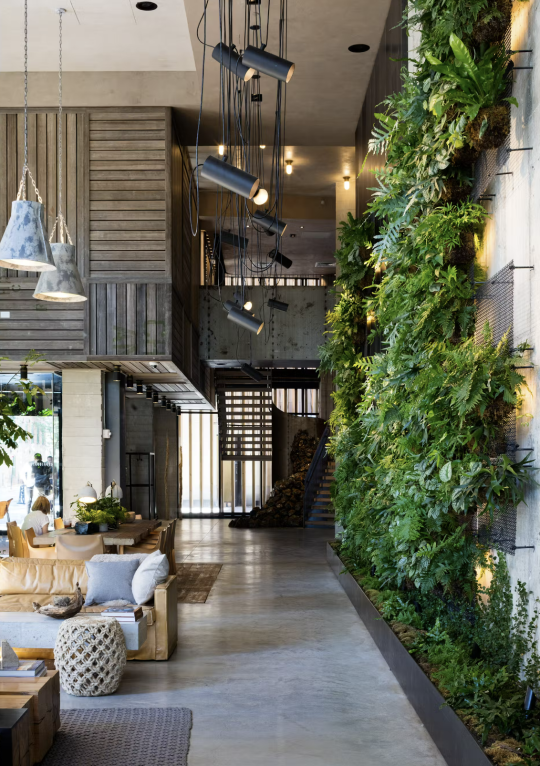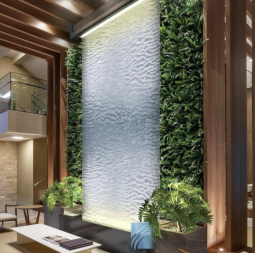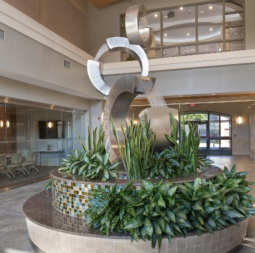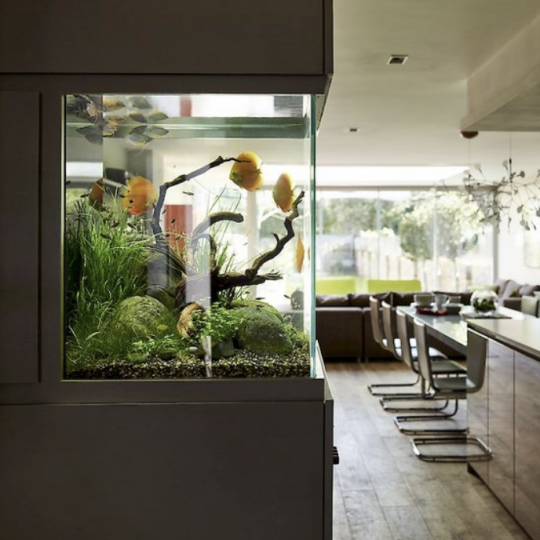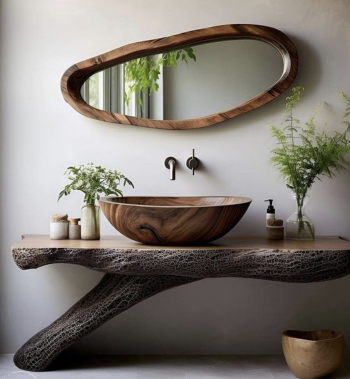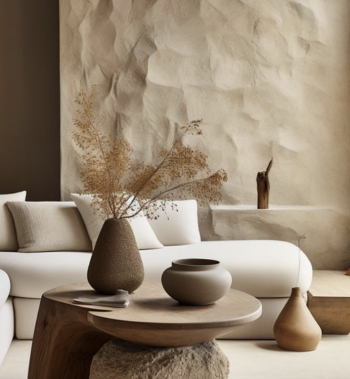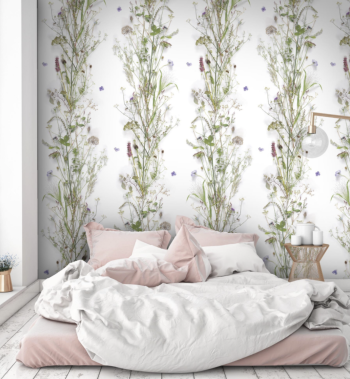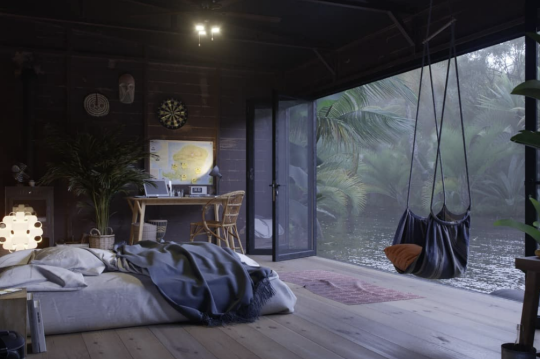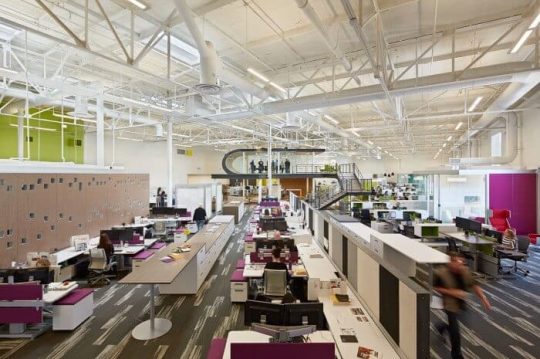With the spring season starting we wanted to bring some of the beauty of nature inside and inspire you with biophilic design! Biophilic Design is the practice of implementing natural elements into the built environment to improve overall health and well-being. Scientific studies have shown that implementing these natural elements improves overall human health within the built environment.
Here we will share some of our favorite inspirations!
There are several ways to incorporate biophilic design into your space. A simple rule of thumb is to follow the three categories of biophilic design.
The first element of biophilic design is actual nature implemented in the space.
One of the ways to do this is plants! Here are some really cool live plant columns. Even the lights inside help to stimulate plant growth!
Living walls are gaining popularity in the design world too! Here is an example of a living wall implemented that we love.
Another element you can add directly into your space is water. Check out these water features that showcase plants as well. Two great examples of biophilic design in action!
One of the more surprising ways to use this sector of biophilic design in your space is animals! Aquariums are a great way to showcase nature in your space in a more lively and upscale manner. Just be sure to have proper space and maintenance available when choosing this path!
If these natural element incorporations are not realistic to a project, there is another major way to implement biophilic design. The second element of biophilic design are natural analogues. This sector implements biophilic design through the use of natural light, shapes, and materials that mimic the outdoors. Here are some examples of organic shapes and materials.
The last major component of biophilic design is simply the nature of the space itself. Creating an atmosphere that mirrors a natural space such as a quiet, dark room to simulate a cave, or a wide expanse to mimic a field. This practice is an effective way to change the psychology and feeling of a space to occupants.
We hope you enjoyed reading about biophilic design and some of the interesting science behind it. Lehner Designs wishes you a happy spring! While things are in bloom outside, keep your eyes peeled for the same elements inside and see what you find!

